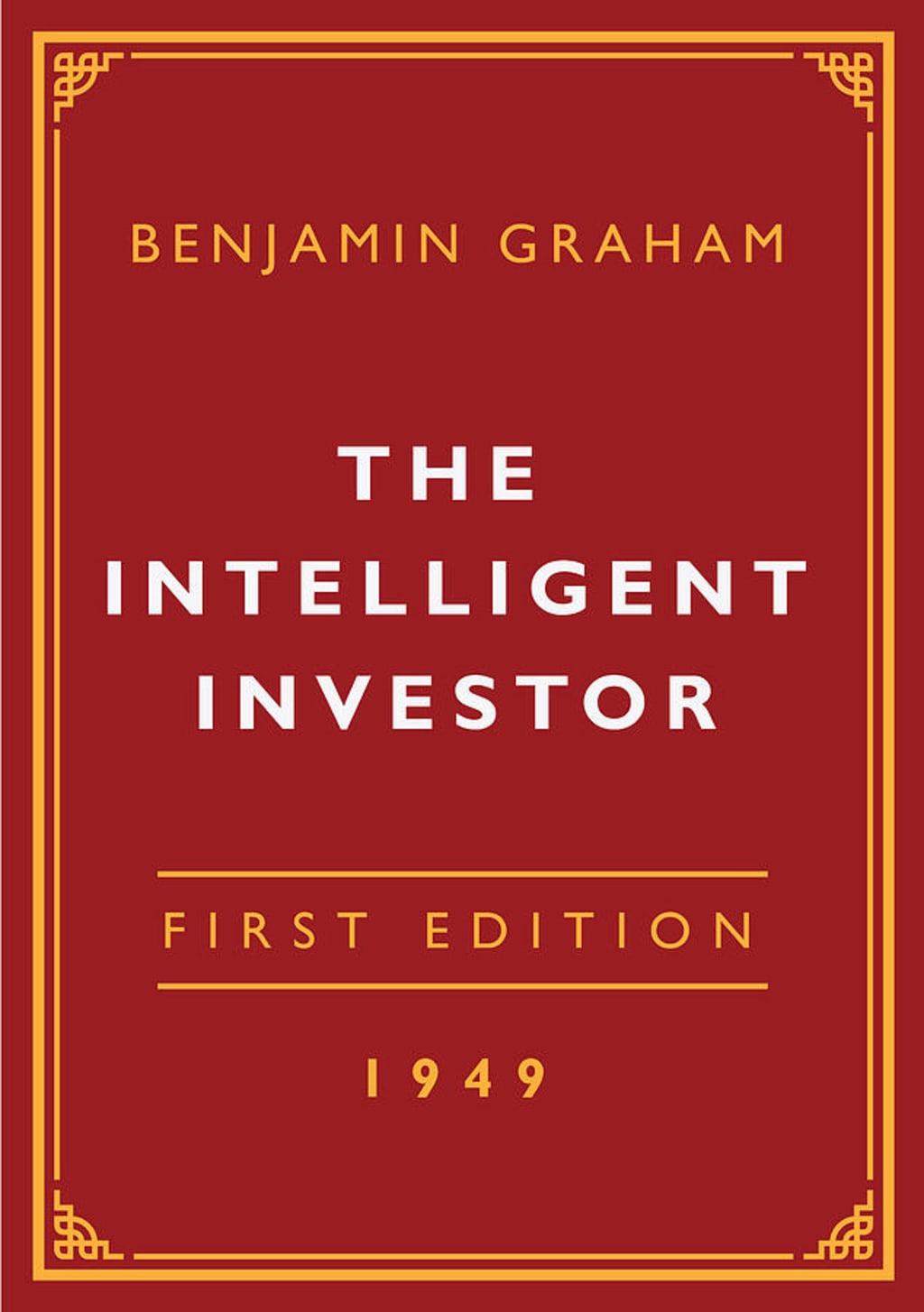
“The Intelligent Investor” by Benjamin Graham is a classic investment book that was first published in 1949. The book is widely considered one of the most important and influential books on investing, and is still widely read and referenced by investors today. The book provides a comprehensive guide to investing, covering everything from the basics of stock market investing to advanced security analysis.
The book is divided into 16 chapters, each of which covers a different aspect of investing. The book begins with an introduction to the Intelligent Investor approach, which is a long-term investment strategy that focuses on value and fundamentals. The author emphasizes the importance of discipline, patience, and a rational mindset when investing. He also stresses the importance of diversification and the role of the stock market as a tool for investing, not a source of speculation.
Throughout the book, the author provides detailed guidance on how to conduct security analysis, how to select stocks, how to navigate market fluctuations, how to work with financial advisers, and how to understand the relationship between the investor and the companies in which they are invested. The book also includes a chapter on the relationship between the investor and the public and government, which provides advice on how to take into account the impact of government policies, political and social issues, and macroeconomic factors on the economy and the stock market.
What are the key lessons in chapter 1?
Chapter 1 is titled “The Investor and Investment” and it lays out the main themes of the book. Some of the key lessons provided in this chapter include:
The book is primarily aimed at “the intelligent investor” which is defined as someone who approaches investing with discipline, patience, and a long-term perspective.
The book’s focus is on “investment” which is defined as the purchase of securities (stocks, bonds, etc.) that are expected to provide a satisfactory income or profit.
The book differentiates “investment” from “speculation” which is defined as the purchase of securities with the hope of profiting from market fluctuations rather than from the underlying business success.
The Intelligent Investor is characterized by his willingness to study available information and to think independently, in contrast to the behavior of the average investor who just follows the crowd.
The book’s goal is to provide the reader with a sound intellectual framework for making investment decisions and to develop long-term investment policies.
What are the key lessons in chapter 2?
Chapter 2 is titled “Investment versus Speculation” and it further elaborates on the distinction between the two and why the intelligent investor should focus on investment rather than speculation. Some of the key lessons provided in this chapter include:
The stock market can be a dangerous place for investors who do not understand the difference between investment and speculation.
Speculation is characterized by a focus on short-term market movements and the potential for quick profits, while investment is characterized by a focus on the underlying fundamentals of the companies in which one is investing.
Speculation is often driven by emotions, while investment is based on a rational and disciplined approach.
The Intelligent Investor focuses on the long-term and is willing to accept temporary market fluctuations in the pursuit of long-term profits.
The Intelligent Investor is also willing to buy stocks when they are out of favor and to hold them for the long-term, which is in contrast to the speculative investor who is driven by the desire for quick profits.
The Intelligent Investor is able to take advantage of the market’s irrationality to buy undervalued securities, while the speculative investor is more likely to buy overvalued securities.
What are the key lessons in chapter 3?
Chapter 3 is titled “The Defensive Investor and His Investment Policy” and it provides an in-depth analysis of the principles and techniques of successful long-term investment for the defensive investor. Some of the key lessons provided in this chapter include:
The defensive investor’s primary goal is capital preservation rather than capital appreciation.
The defensive investor should focus on investment-grade bonds, blue-chip stocks, and other high-quality securities.
The defensive investor should diversify his portfolio across a variety of asset classes to minimize risk.
The defensive investor should avoid individual stock risk and focus on a well-diversified portfolio of bonds and stocks.
The defensive investor should avoid common stock of companies that are in poor financial condition or that are in industries that are in decline.
The defensive investor should avoid companies that have a history of consistent losses or that have a weak management team.
The defensive investor should avoid companies that are overvalued or that have high debt levels.
The defensive investor should avoid chasing hot stocks or trying to time the market.
The defensive investor should have a long-term investment horizon and be willing to hold on to investments through market fluctuations.
About the Creator
RedFate
I am passionate about stoic philosophy, self-improvement, and business. Constantly reading and growing to make a positive impact in the world






Comments (1)
You did an excellent job. For traders, the best takeaway would be Chapter 2...